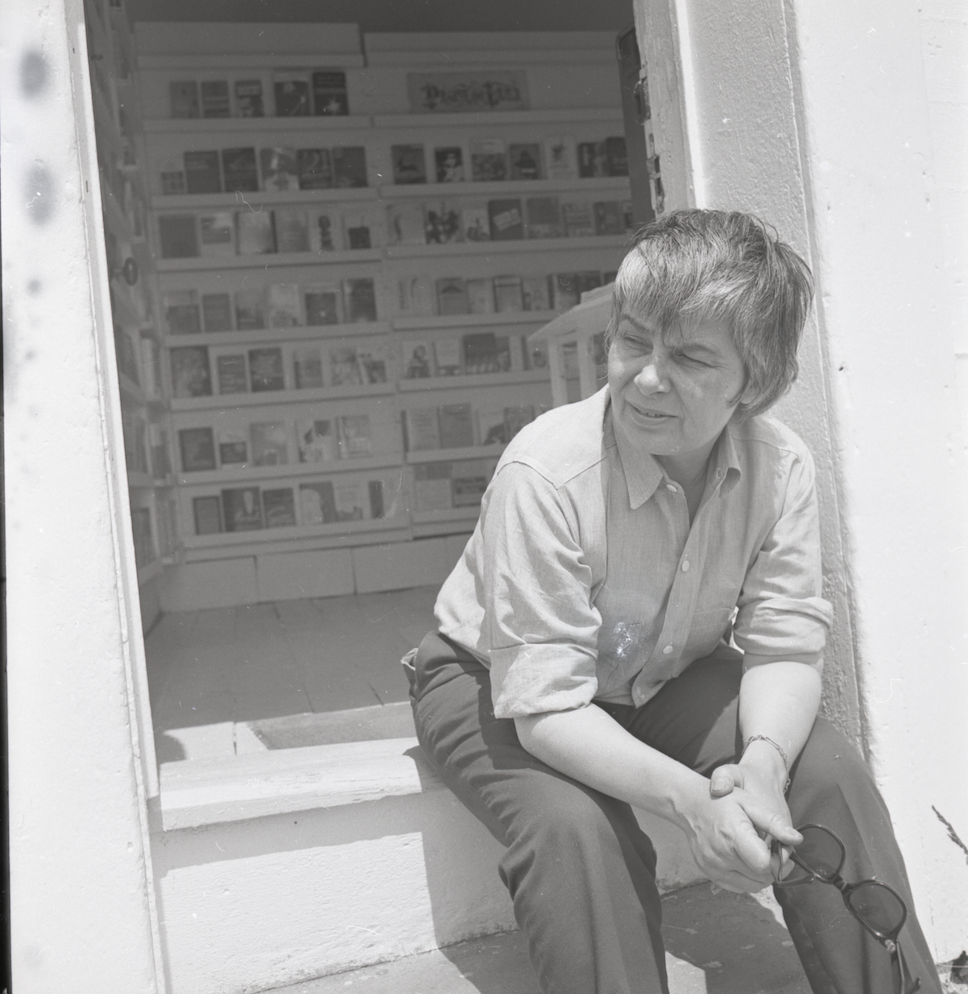Molly Malone Cook was born in 1925 in San Francisco, CA and lived in a series of temporary homes as a child. She once wrote that, “my mother was an infant, my father was a child, so I grew up immensely dour and wild… wild… wild…” [1]
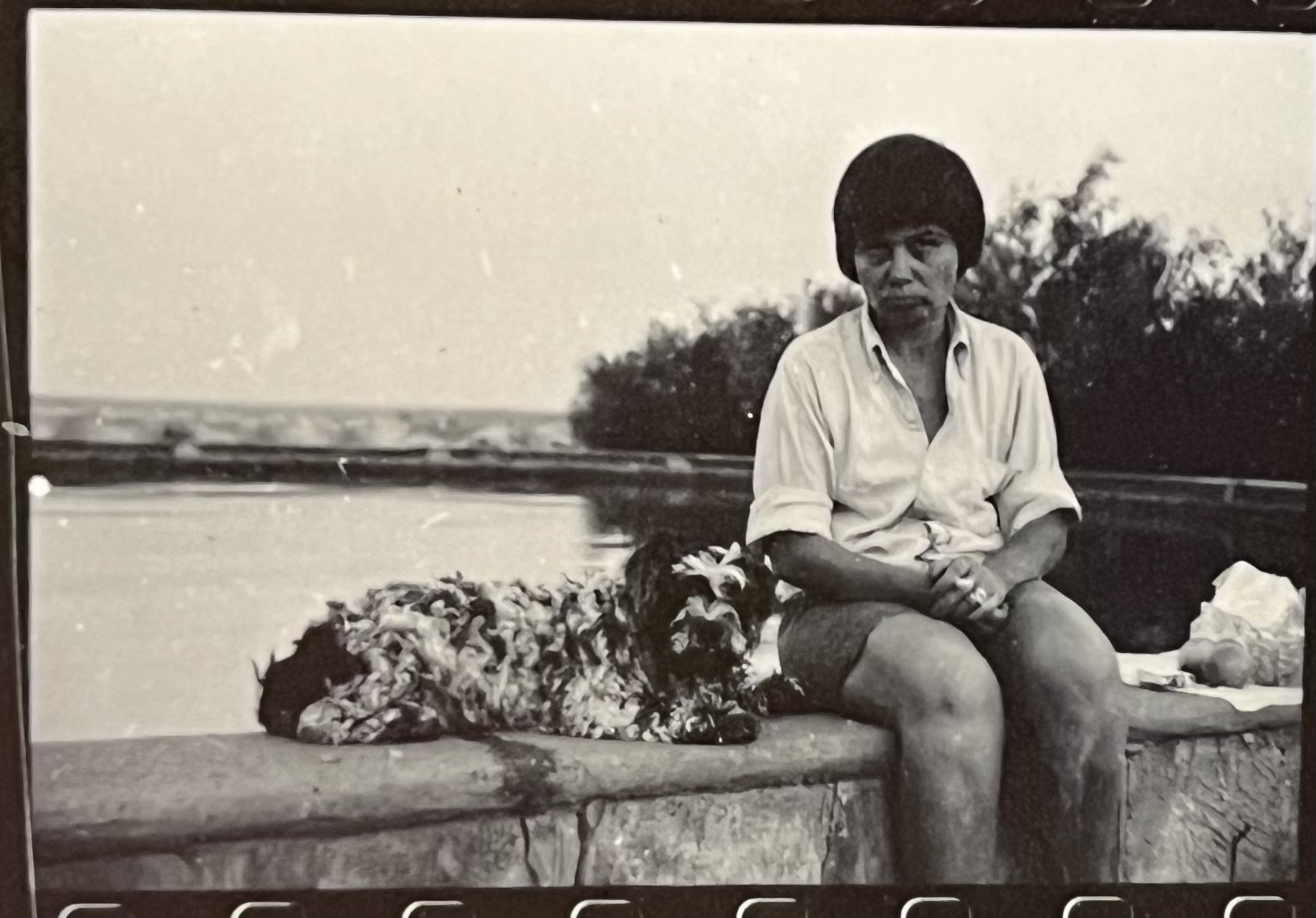
As a child, she said that “I want to see every face in America,” and later, Mary Oliver would speculate that she wanted to see faces in order to find “someone, somewhere, who would be recognizable, would look like her.” [2]
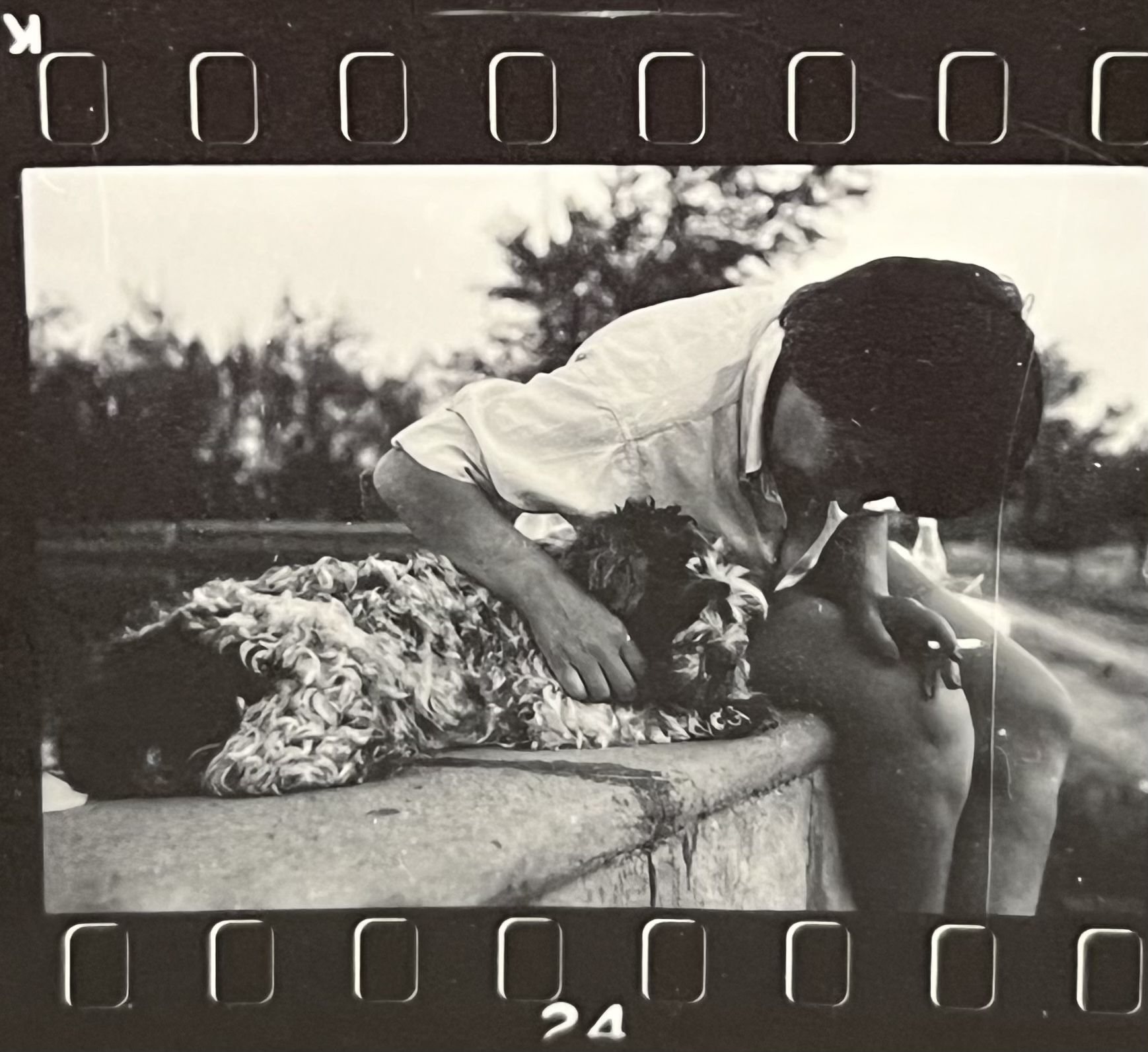
She began taking photographs in the late 1940s / early 1950s, while working as a personnel officer in Europe. For Mary Oliver, this would later be a special treat: “here, in pictures taken by friends using her own camera, I saw her; a laughing, dark-haired woman, in Venice, in Paris, skiing in Switzerland, accompanied by friends as well as her ever present, well-traveled dog.”[3]
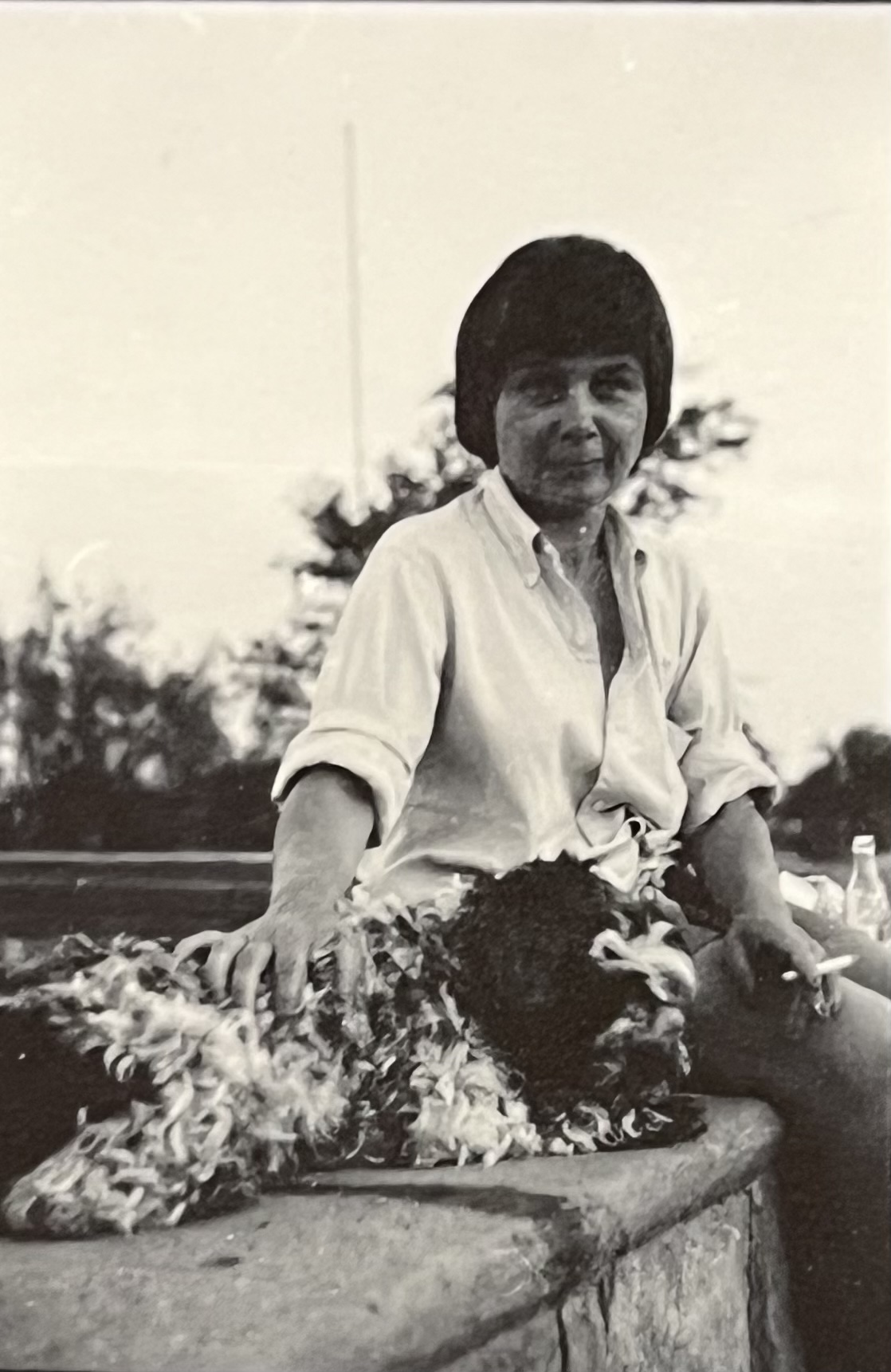
Sure enough, in these photographs, Molly appears, a burgeoning photographer on her way to see not only every face in America, but every face in Europe (and perhaps a few dogs, too). Along the way, by photographing her life, she makes queer love visible — so that we, too, can find someone who looks like us.
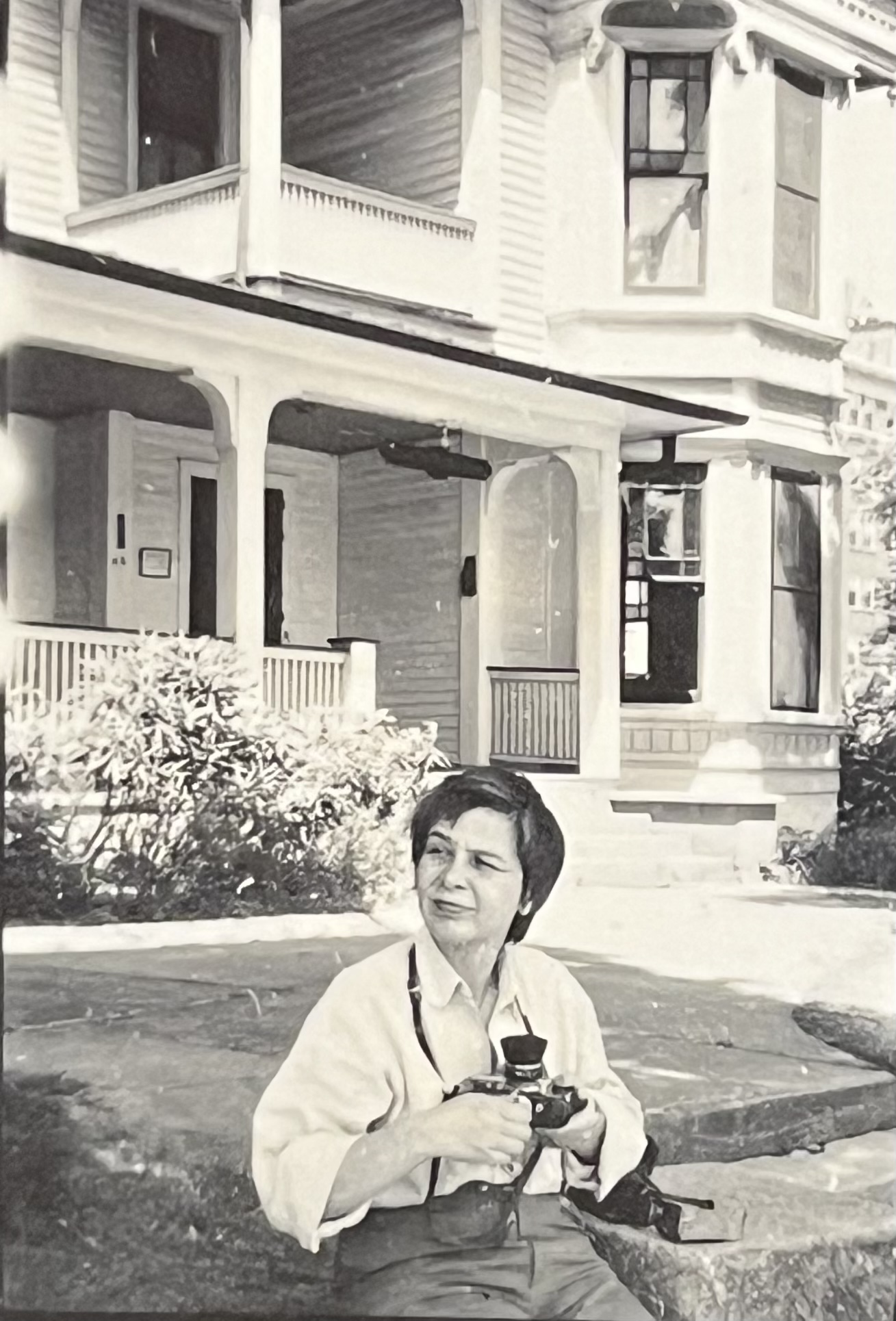
Molly, as Described by Mary

In Mary Oliver’s books, Molly has been described flying planes, driving cars (fast), and operating 190-horsepower engine boats. After Molly passed away, an obituary notes: “This was a woman who was into power.” [4]
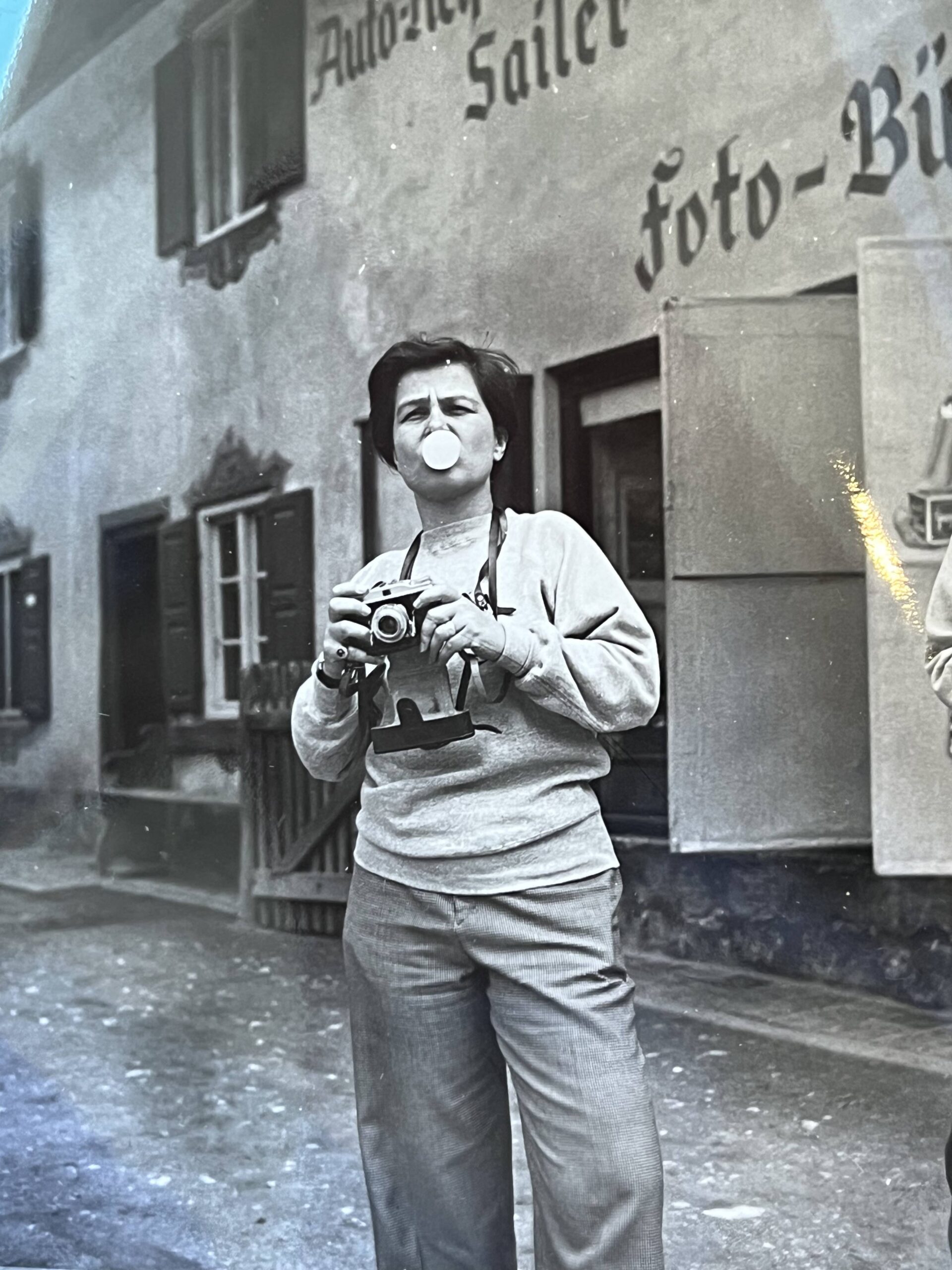
In their joint memoir Our World, Mary Oliver reflects that Molly was “style, she was an old loneliness that nothing could quite wipe away; she was vastly knowledgeable about people, about books, about the mind’s emotions and the heart’s. She lived sometimes in a black box of memories and unanswerable questions, and then would come out and frolic, be feisty, and bold.” [5]

“Since I’m Sure You Don’t Read Out Magazine…”
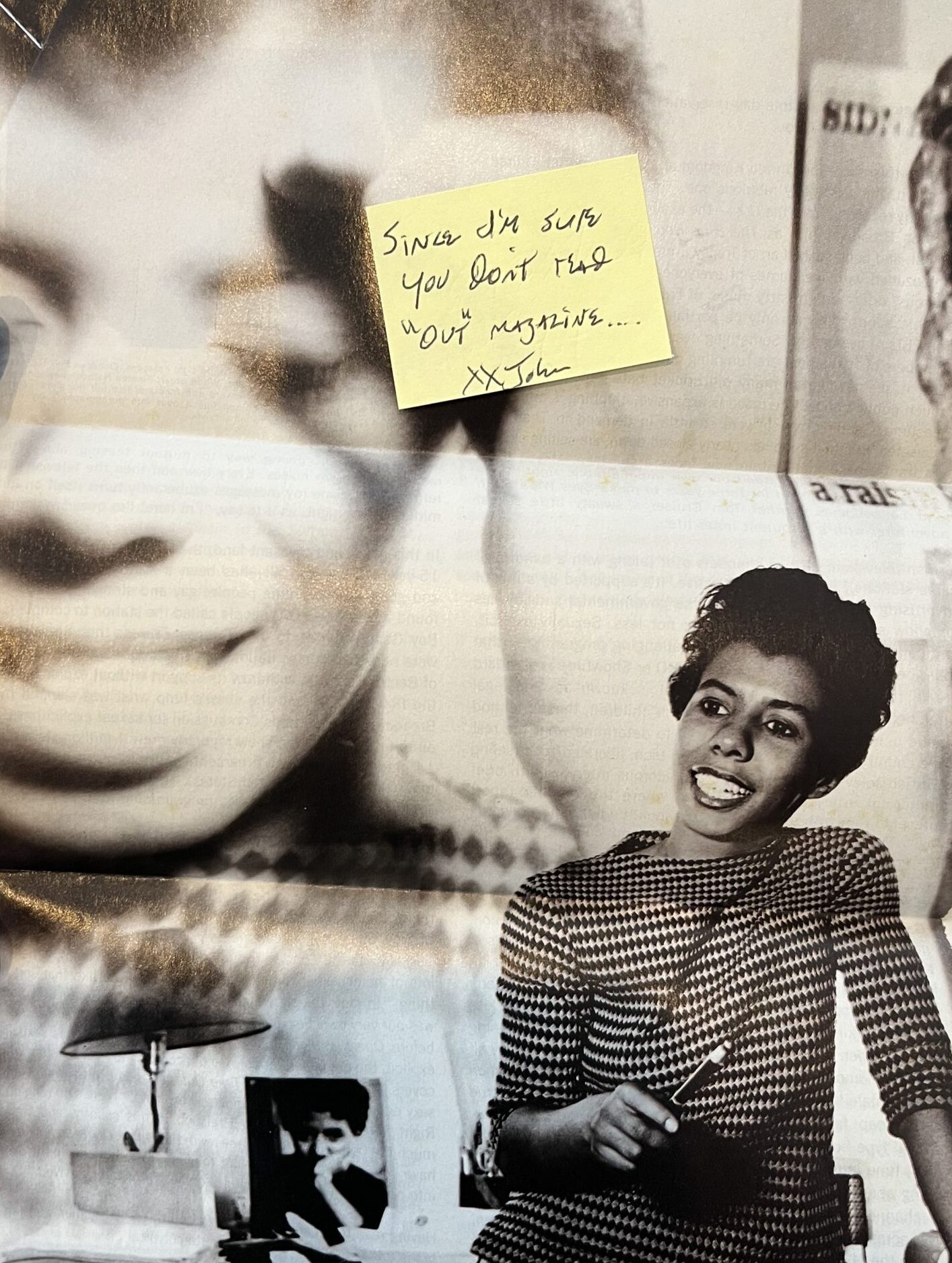
Molly Malone Cook’s friend, the actor and filmmaker John Waters, sent her this article in 1999 from Out magazine about Lorraine Hansberry’s lesbian life. Molly is not directly mentioned in the article, though Lorraine’s queer life in Greenwich Village is. On an attached sticky note, John Waters implies that he sent this to her because she wouldn’t see it otherwise — what might this article, and Waters’s note, suggest about the different ways queer people negotiate their relationship to queer media and culture? [6]
Excerpts from Molly’s Journal [7]
“3:45am, 14th of September ’87 and look who’s here! It’s me.”

“Have taken another walk, have been outside after seeing a sweet spider crawling around from inside the basement window, went outside to look for her /him but didn’t find him/her and didn’t try too hard, I don’t like spiders, what in hell was I doing? Loving everything? Was that it?”
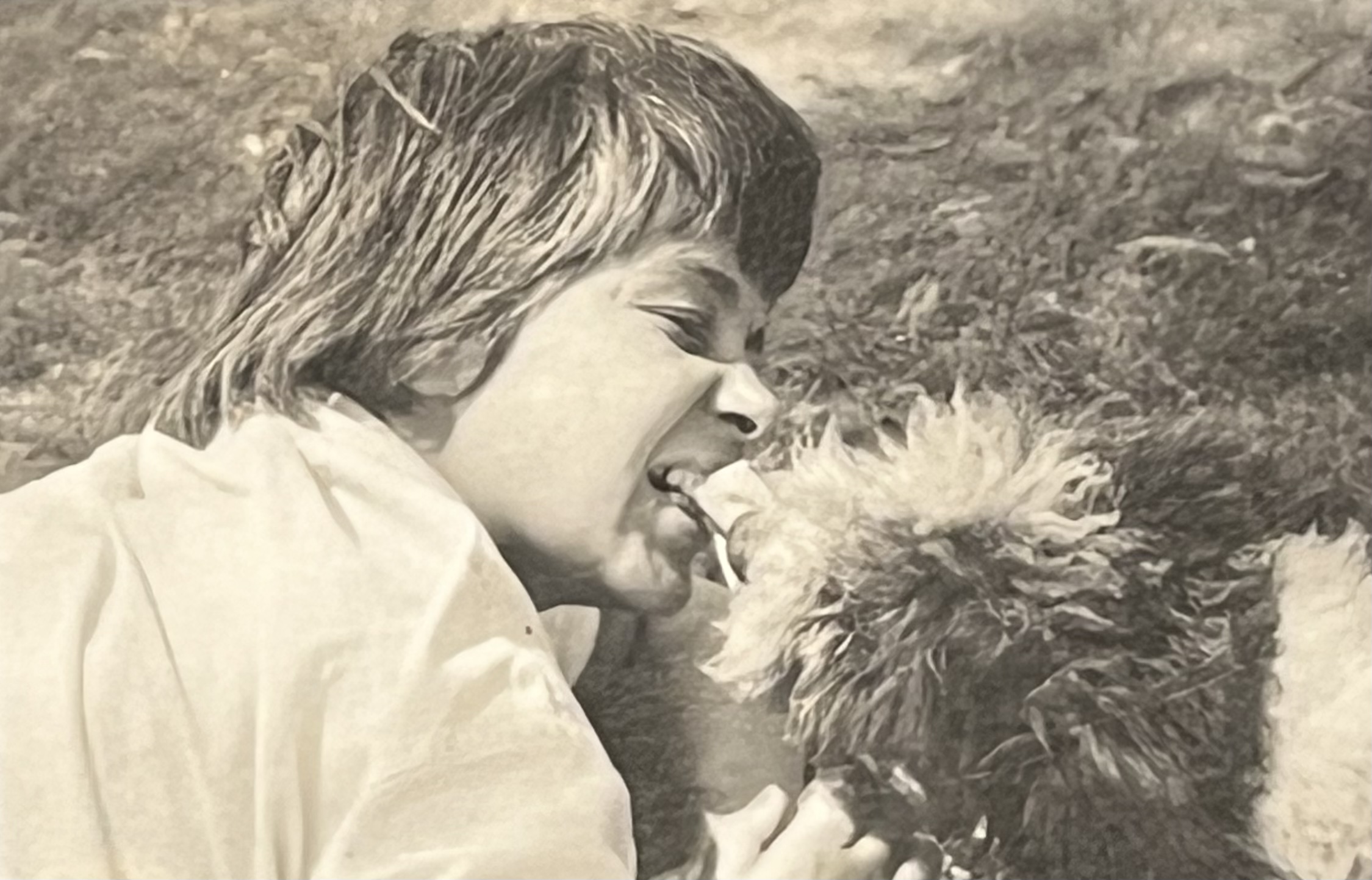
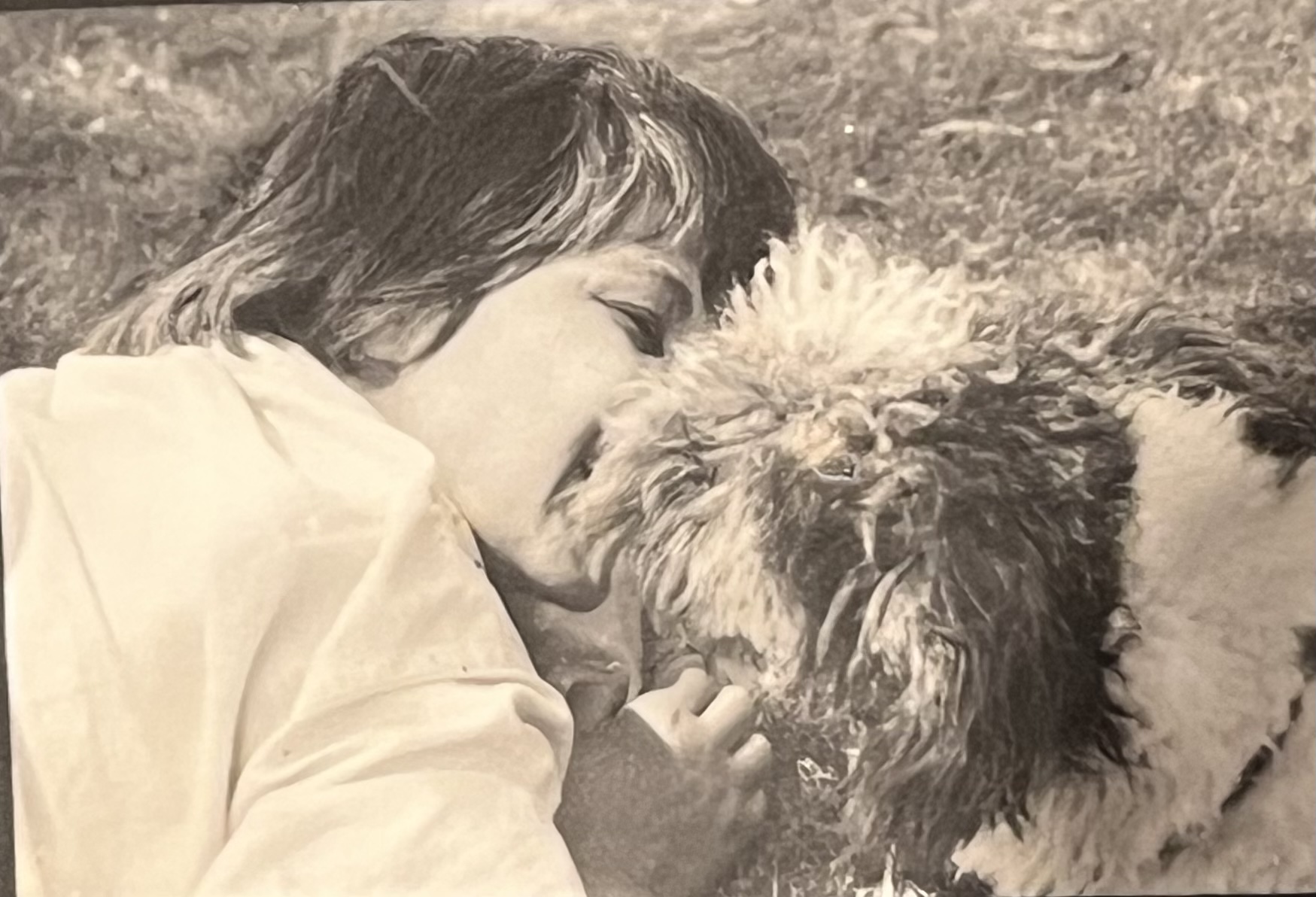
Further Research
To learn more, you can explore:
- The Molly Malone Cook papers at the Sophia Smith Collection of Women’s History at Smith College
- A Time For Us: The Los Angeles Times
- Molly Cook; Cape gallery owner offered unique lens on life: Boston Globe
[1] Cook, Molly Malone, and Mary Oliver. Our World. Beacon Press, 2009.
[2] Cook, Molly Malone, and Mary Oliver. Our World. Beacon Press, 2009.
[3] Cook, Molly Malone, and Mary Oliver. Our World. Beacon Press, 2009.
[4] “Molly Cook; Cape gallery owner offered unique lens on life.” Boston Globe, 30 Aug. 2005, http://archive.boston.com/news/globe/obituaries/articles/2005/08/30/molly_cook_cape_gallery_owner_offered_unique_lens_on_life/.
[5] Cook, Molly Malone, and Mary Oliver. Our World. Beacon Press, 2009.
[6] The Molly Malone Cook papers at the Sophia Smith Collection of Women’s History at Smith College, Sophia Smith Collection, SSC-MS-00595, Smith College Special Collections, Northampton, Massachusetts. https://findingaids.smith.edu/repositories/2/resources/1147.
[7] Cook, Molly Malone, and Mary Oliver. Our World. Beacon Press, 2009.
